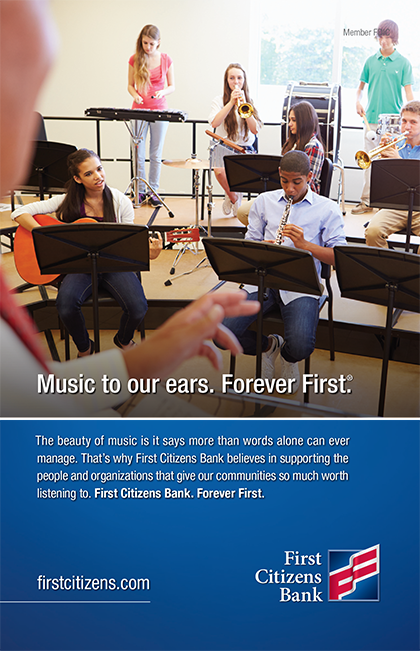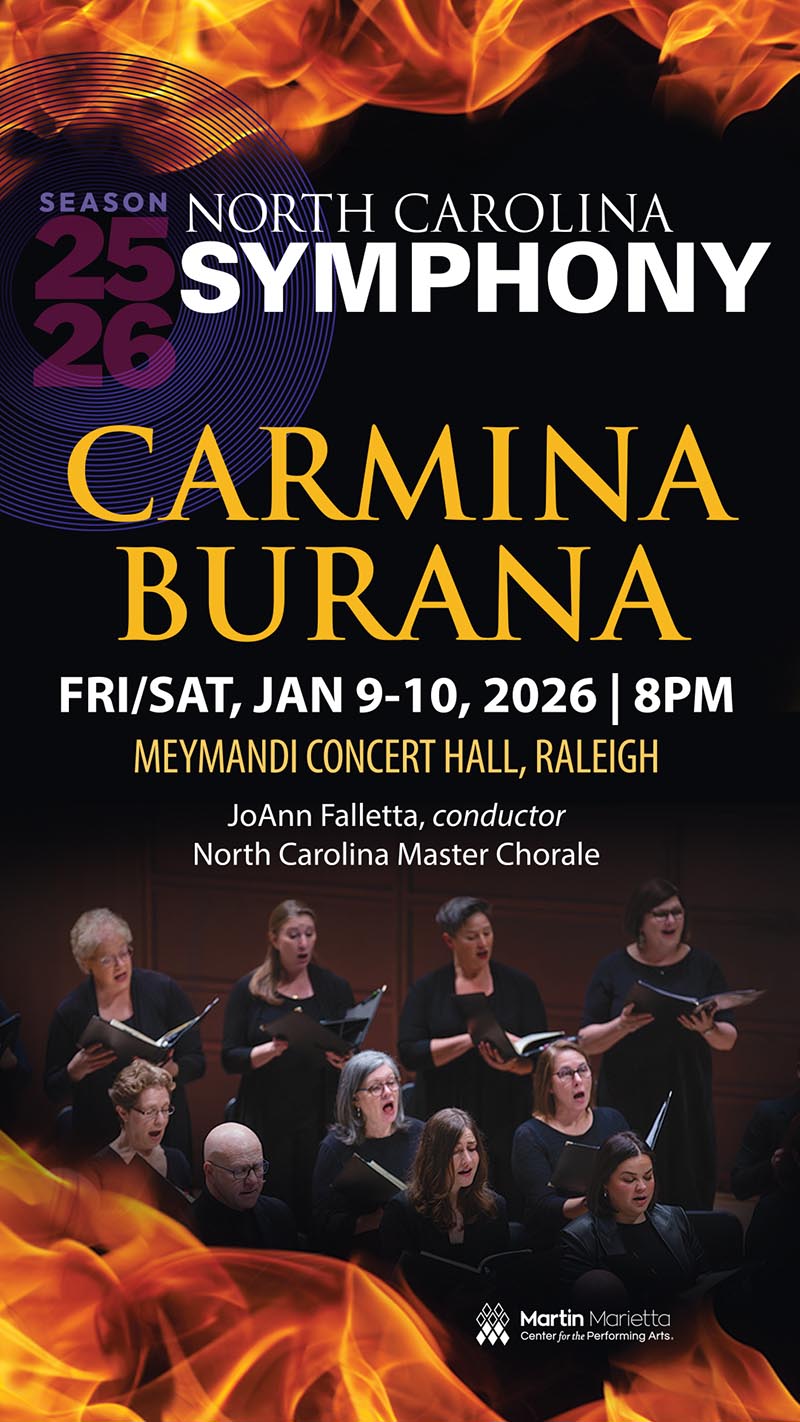Cello Concerto in A minor, Op. 129
Robert Schumann (1810-1856)
[1850]
After a chaotic few years, the Schumann family was enjoying a fresh start when they moved to Düsseldorf in 1850 so Robert could begin a stable, salaried job as Municipal Music Director.
One of the first pieces he wrote there was a Konzertstück (“Concert Piece”) for cello and orchestra, which he later published under the title of Cello Concerto. It took Schumann just two weeks to draft the score, and he had enough lingering doubts about it that he canceled the scheduled premiere—but his wife Clara (herself a brilliant composer) saw it for the masterpiece that it was, writing at the time, “The romantic quality, the vivacity, the freshness and humor, also the highly interesting interweaving of violoncello and orchestra are indeed wholly ravishing, and what euphony and deep feeling one finds in all the melodic passages!”
Schumann had played the cello as a boy, and again briefly after a hand injury curtailed his piano playing, and he put his intimate understanding of the instrument to use in this concerto that exploits the full sonic range of the instrument, from the growling bass of the open C-string to the steely soprano territory. He also approached the work with an aim to prioritize cohesion and interconnectedness throughout, bucking his era’s trend of frilly virtuosity for its own sake. The opening gesture of three successive chords, for example, takes on new forms in the second and third movements; likewise, the interval of a descending fifth that pervades the slow movement reappears in the accompaniment to the finale’s cadenza.
Schumann’s persistent mental health struggles soon caught up with him, and not long after their move, Clara noted his “highly nervous, irritable, excited mood.” He was forced out of his job in 1853, and the next year he threw himself into the Rhine River in a suicide attempt. He lived out his remaining two years in an asylum, suffering from delusions and other crippling symptoms that silenced one of history’s most passionate and determined composers.
Solo cello; two flutes, two oboes, two clarinets, two bassoons, two horns, two trumpets, timpani, strings

